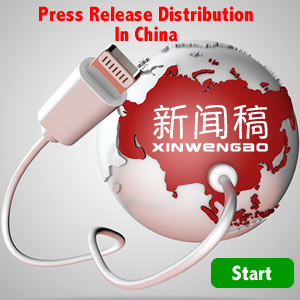At the ELE/PT COMM China 2005 trade show this week, Lucent Technologies (LU) announced it successfully completed the first field trial of High-Speed Downlink Packet Access (HSDPA) technology in China, conducting a series of data calls – including demonstrations of live TV and video-on-demand services – on a third-generation (3G) W-CDMA trial network deployed by China Netcom in Shanghai.
The HSDPA-enabled 3G trial network also is supporting live demonstrations at the Lucent booth that include DVD-quality streaming video and fast downloads of very large files. The network is based on Lucent's end-to-end commercial W-CDMA (also known as UMTS) solution, which incorporates HSDPA.
For the end-to-end W-CDMA trial network, Lucent provided its Flexent OneBTS base stations — which support HSDPA — Flexent Radio Network Controller, as well as its W-CDMA packet core solution including Lucent's Flexent Serving GPRS Support Node (SGSN), and Gateway GPRS Support Node (GGSN).
Lucent's Bell Labs-developed HSDPA solution is currently capable of supporting peak data speeds of up to 7.6 Megabits per second (Mbps), however the maximum speeds supported by the current generation of mobile devices is 1.8 Mbps. Future upgrades of HSDPA will provide theoretical maximum peak data speeds of up to 14.4 Mbps.
The enhanced data transmission capabilities of HSDPA will enable W-CDMA operators to support high-bandwidth data services and introduce blended "lifestyle" voice, data and video services, and will also dramatically increase the number of data users their networks can support, maximizing the use of an operator's available spectrum. For example, HSDPA will enable operators to support up to six times more users than W-CDMA in the same spectrum – at substantially higher average data rates.



